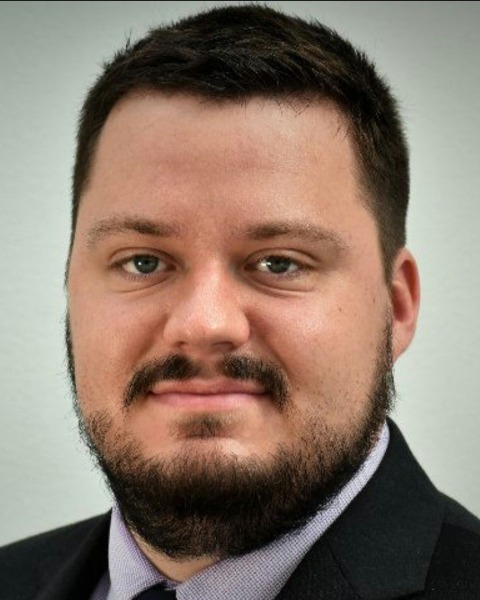SIR 2025
General IR
Traditional Poster
28 - Educational Preferences and Learning Styles of Interventional and Diagnostic Radiology Residents

Benjamin Vega, MD
Assistant Professor of Radiology
University of Missouri School of Medicine, United States- SS
Sean Schoeman, MD
Post Doctoral Research Scholar
Children's Hospital of Philadelphia, United States - TA
Talissa Altes, MD
Chair of Radiology University of Missouri
University of Missouri, United States - JP
James Patrie, MS
Senior Biostatistician
University of Virginia School of Medicine, United States - DK
Dhara Kinariwala, MD
Interventional Radiology Fellow
Children's Hospital of Philadelphia, United States
Poster Presenter(s)
Author/Co-author(s)
Materials and Methods: In an IRB-exempt study, current IR/DR and DR radiology residents and fellows completed a survey comprising the Felder-Solomon Index of Learning Styles (ILS) and 5-point Likert-scale questions on ease of acquiring radiology skills, program/tools meeting learner needs, and effectiveness of academic resources.
Results:
Participants: 288 trainees (59% male, median age 30 years [IQR: 29 – 32]), including 54 (19%) IR/DR residents, distributed across all training years: 28% R1, 24% R2, 22% R3, 19% R4, 6% fellow.
Both groups reported statistically similar ease of acquiring diagnostic radiologic skills (e.g. noticing abnormalities, creating differential diagnoses) and effectiveness of educational tools (e.g. workstation teaching, textbooks, lectures). IR/DR trainees found it easier than DR trainees to acquire the skills of discussing procedural indications and complications (p < 0.0001) and performing (p < 0.0001) common procedures (e.g. thoracentesis, biopsy).
The ILS classifies four domains on a bipolar spectrum. IR/DR and DR resident groups were more reflective than active in the processing domain and statistically similar (p = 0.197). The groups were more sensing than intuitive in the perceptive domain; IR/DR residents trended more intuitive than DR residents (p = 0.013). Both groups were more visual than verbal in the receptive domain and statistically similar (p = 0.131). In the understanding domain, IR/DR residents were significantly more global than sequential compared to DR residents (p = 0.002).
Conclusion: DR and IR/DR residents report statistically similar preferences in learning tools and challenges. IR/DR residents trend more global and intuitive in their learning approach than DR residents, who trend more sequential and sensing. Global learners learn in big chunks, organize information holistically and randomly, connect disparate concepts, and produce creative and original results. Sequential learners take logical steps to learn, organize information in a linear and organized fashion, and pay attention to detail. Sensing learners prefer to focus on details and facts, while intuitive learners emphasize patterns and abstract ideas. The ILS instrument may help educators and trainees understand how to adapt learning methods to suit residents’ unique needs and guide approaches to teaching these groups.


.jpg)